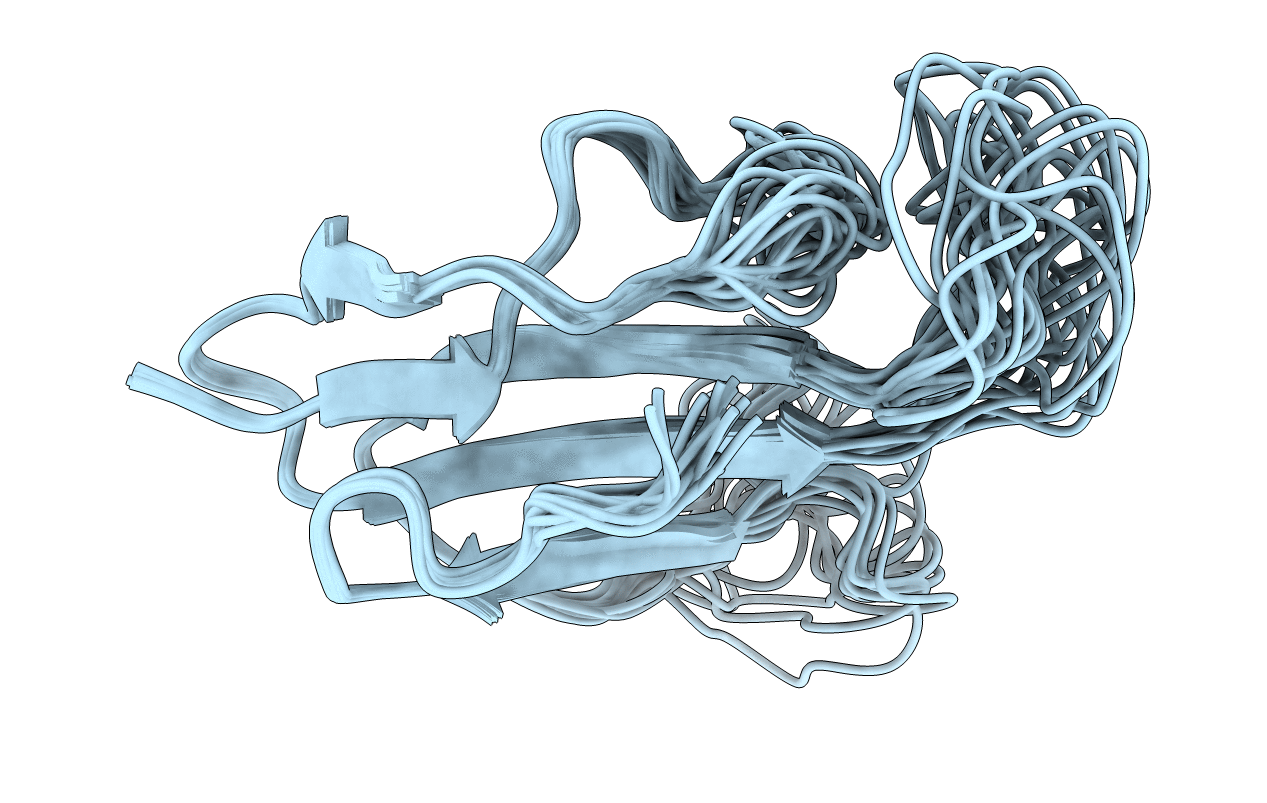
Deposition Date
2020-08-04
Release Date
2021-01-13
Last Version Date
2024-11-20
Entry Detail
PDB ID:
6ZZF
Keywords:
Title:
Structure of the cis-(Tyr39-Pro40) form of the Human Secreted Ly-6/uPAR Related Protein-1 (SLURP-1)
Biological Source:
Source Organism:
Homo sapiens (Taxon ID: 9606)
Host Organism:
Method Details:
Experimental Method:
Conformers Calculated:
200
Conformers Submitted:
20
Selection Criteria:
structures with the least restraint violations


